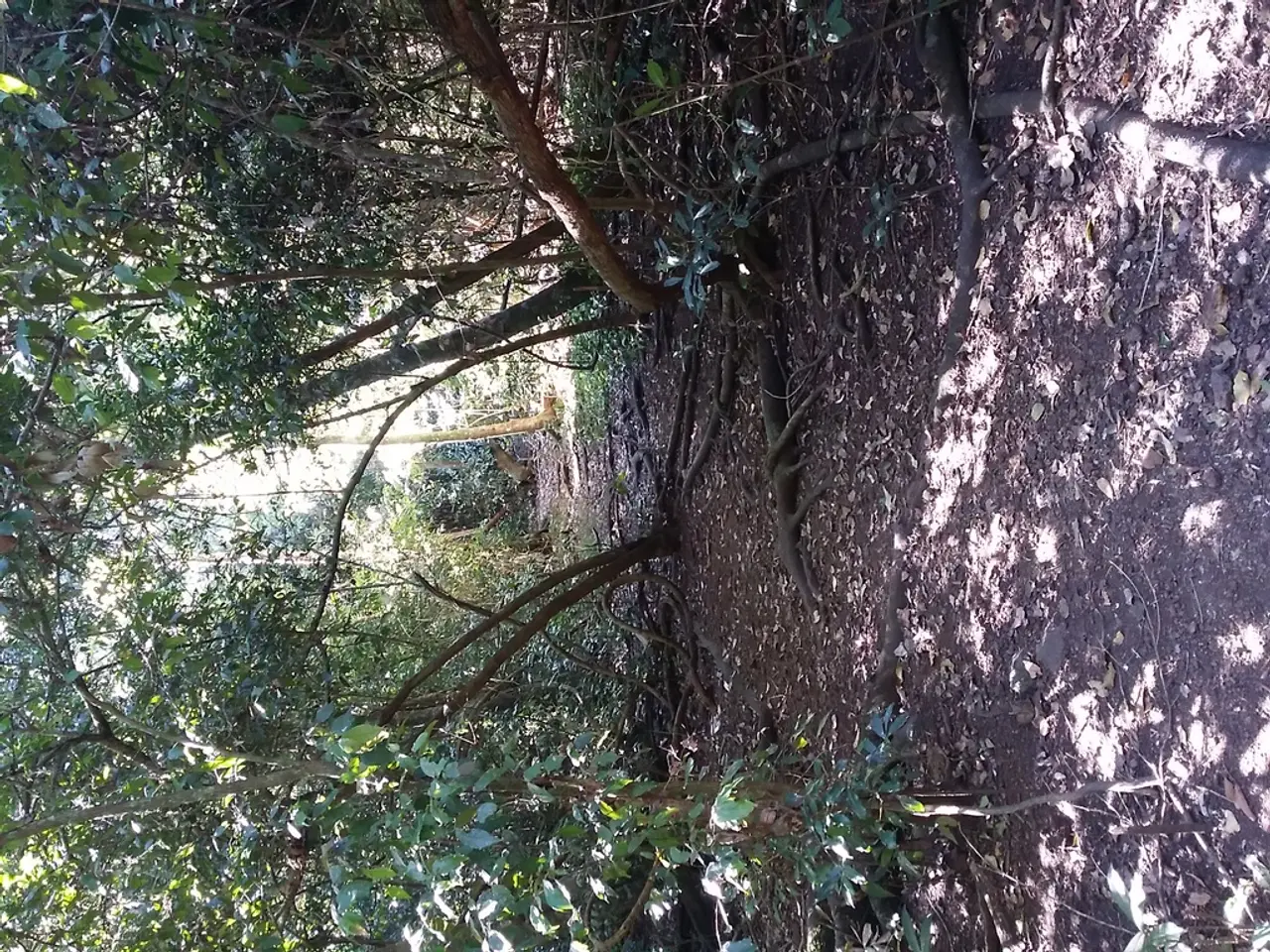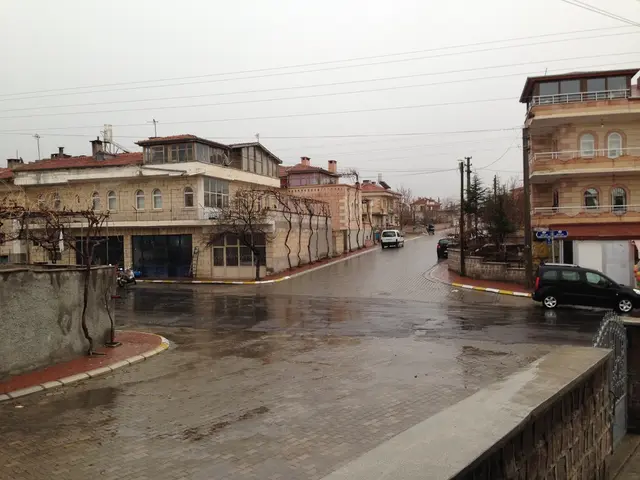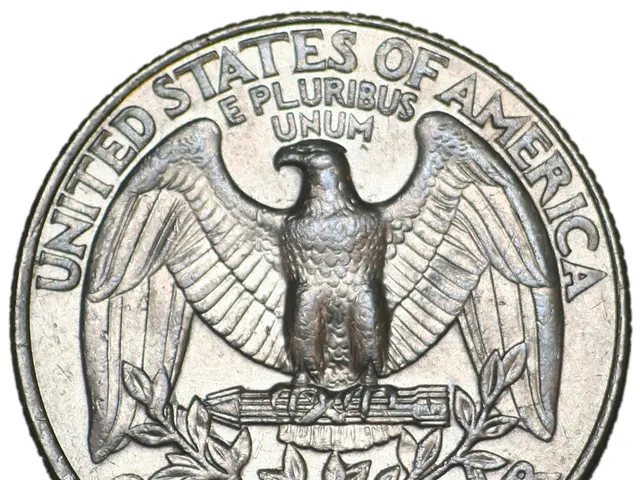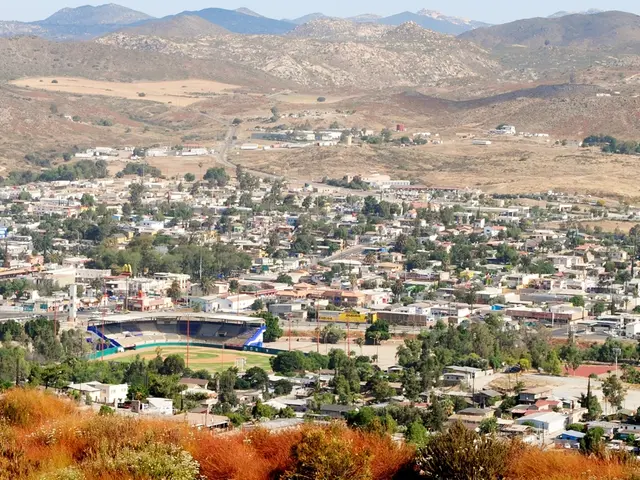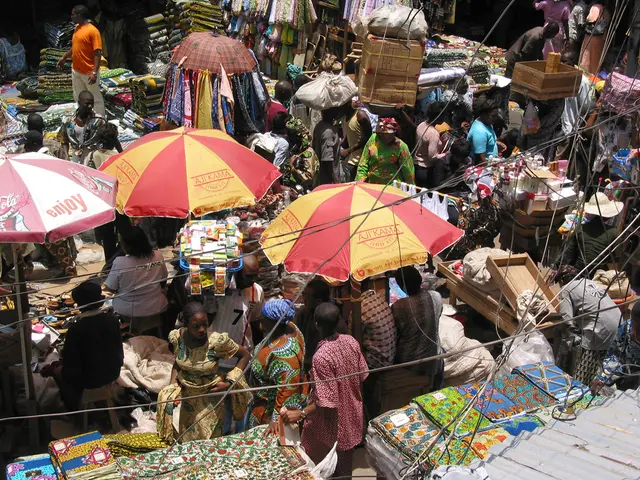EU Simplifies EUDR Implementation with Key Dates and Risk Classifications
The European Union has published crucial materials to simplify the implementation of the EU Deforestation Regulation (EUDR). The EUDR aims to prevent products linked to deforestation and forest degradation from entering the EU market. Key dates and risk classifications have been announced.
The first compliance milestone for large and medium enterprises is set for 30 December 2025, with micro and small enterprises following suit on 30 June 2026. The EU has introduced a country risk classification system, designating 140 countries as 'low risk', four as 'high risk', and the rest as 'standard risk'. Operators and traders sourcing from 'low-risk' countries face simplified due diligence requirements, while those from 'standard' and 'high risk' countries must adhere to full due diligence processes.
The EU has also clarified the scope of products subject to the EUDR by refining the definition of 'Relevant Products' and excluding certain materials. On May 22, 2025, the European Commission classified Belarus, North Korea, Russia, and Myanmar as 'high-risk' countries, subjecting imports from these nations to stricter due diligence and checks.
The EUDR is expected to come into effect for large and medium companies on 30 December 2025, with the European Commission adopting the Proposed Delegated Regulation in the coming months. These developments aim to ensure the EUDR is implemented effectively and consistently across the EU, helping to combat global deforestation and forest degradation.
Read also:
- Potential Consequences of Dismantling FEMA Vary Across States
- Railway line in Bavaria threatened by unstable slope - extensive construction site at risk
- Wind Farm Controversy on the Boundary of Laois and Kilkenny
- Puerto Rico's Climate Lawfare Campaign experiences another setback with the dismissal of its deals.
